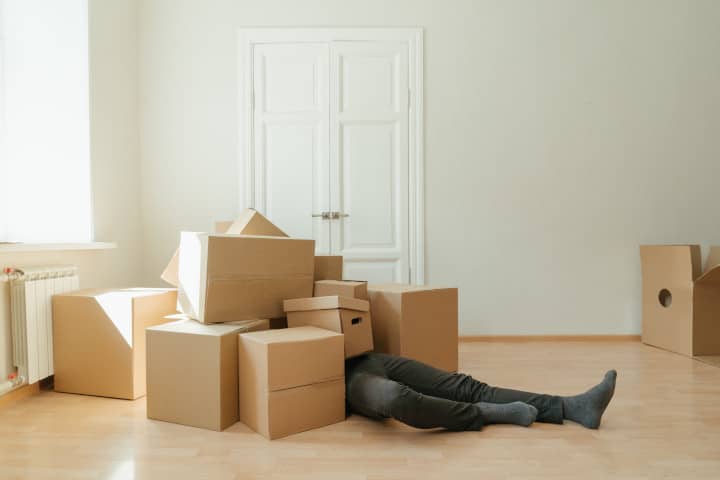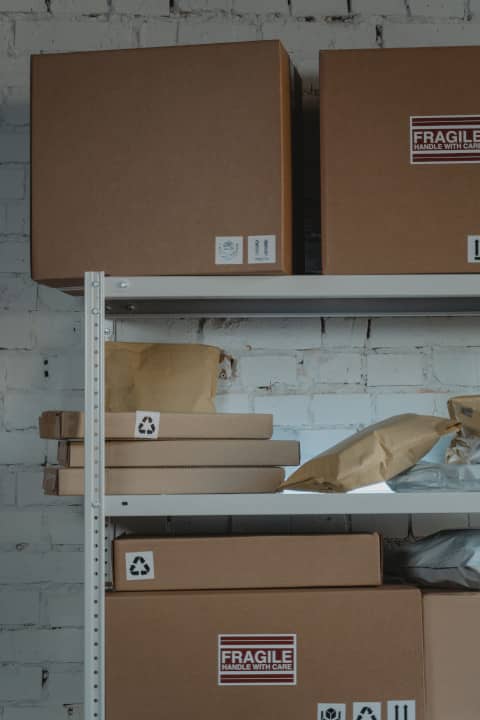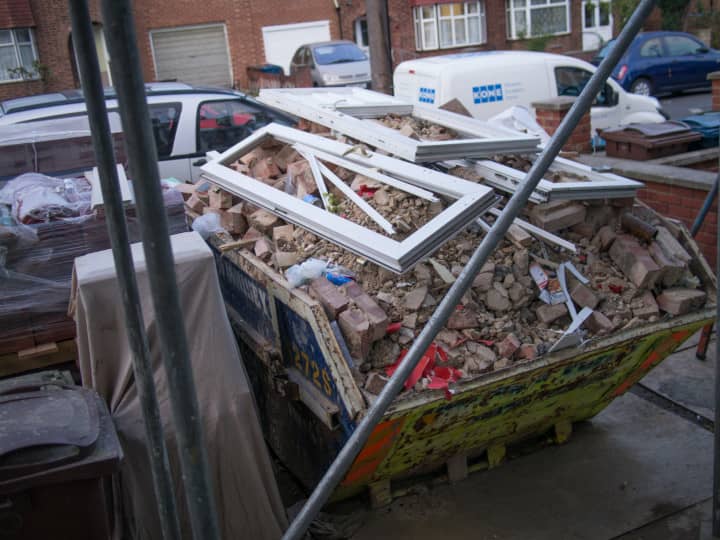You may have heard the term good workplace housekeeping but haven’t really understood what it means, or how it applies to you, your job, and your workplace. Good housekeeping in the workplace is a set of guidelines and best practices designed to keep workers safe and healthy, and to prevent accidents.
It’s important to practice good housekeeping at work because it can help reduce the risk of injuries, and makes for a more efficient and pleasant work environment. A tidy workplace is a safe workplace.

What is good housekeeping?
Good housekeeping in the workplace is a set of practices aimed at creating a clean, orderly and safe work environment. It encompasses everything from keeping floors free of debris to ensuring that dangerous chemicals are properly labeled and stored. It also includes maintaining a tidy workstation, proper ergonomics and good personal hygiene.
Here are some key points:
- Keeping the workplace clean and free of clutter
- Putting things away in their proper place
- Disposing of waste properly
- Keeping walkways and exits clear
- Following health and safety guidelines
- Reporting any hazard or potential hazard to a supervisor
Good workplace housekeeping is not just about keeping things tidy – it’s about being proactive in preventing accidents and creating a safe work environment. By following these guidelines, you can help make your workplace safer for everyone.
Why is good workplace housekeeping important?
Housekeeping is an essential part of keeping your workplace clean and tidy. It means keeping the work environment free of clutter, keeping workstations neat and organised, construction sites clear of tools and materials and maintaining proper housekeeping standards at all times so that the risk of accidents occurring is reduced to a minimum.
Housekeeping shouldn’t be ignored. Leaving messes for other people to clean up shows a lack of respect and could cause harm to yourself or other workers.
Good housekeeping is one of the basic elements of a safe working environment.
Cleaning your workplace on a regular basis is no different from caring for your home; both are important areas of responsibility that should be taken seriously.

What is the purpose of good workplace housekeeping?
Workplace housekeeping reduces the risk of accidents and injuries occurring. Clutter, dirt, spills and other hazards can cause accidents, while a well-maintained environment ensures that any risks to health and safety have been identified and dealt with before they become problems.
Poor workplace housekeeping can cause:
- Slips, trips and falls;
- Muscularskeletal injuries
- Incidents involving falling objects;
- Workers cutting themselves on dangerous tools left lying around the workplace;
- Accidents involving chemicals or hazardous substances;
- Trips and falls caused by spills;
- Health problems caused by dust, fumes or other contaminants circulating in the air;
- Workplace vandalism;
- Damage to tools, equipment and materials;
- Damage to the building;
- Damage to vehicles and IT equipment.
Good housekeeping reduces absenteeism, increases efficiency and improves productivity. A clean working environment boosts morale and shows how much you care about your employees.
Good workplace housekeeping practices include:
- All tools, equipment and materials are to be stored away when not in use
- Rubbish and waste materials are to be disposed of appropriately
- All walkways are to be clear of leads, tools, equipment and materials
- Puddles and spills on floors should be cleaned up as soon as possible
- Boxes, tool, equipment and materials should not be stacked to a height whereby they become unstable
- Excess paperwork (or anything else) should not be stored on the edge of desks, tables or on the floor
- Any maintenance concerns of flooring or lighting communicated to your supervisor or manager
- Any damaged electrical equipment should be immediately reported to your manager
- don’t leave a mess for someone else to clean up.

How can I implement a good housekeeping program?
By implementing a good housekeeping program in your workplace , you can ensure that all staff are aware of their responsibilities in maintaining a clean and tidy work environment
A good workplace housekeeping program should include:
- assigning specific cleaning tasks to individual employees
- providing adequate storage facilities for tools, equipment and materials
- regular inspections of the workplace to identify hazards and potential risks
- a system for reporting maintenance concerns
- regular toolbox talks
- regular cleaning and waste disposal schedules
- Signage as a reminder to employees
Good workplace housekeeping requires the commitment of everyone in the organization from senior management down to the individual worker. By promoting a culture of good housekeeping throughout the workplace, you can ensure that your workplace is a safe and healthy environment for all.
Remember! Good workplace housekeeping is important because it:
- Creates safe work practices;
- Reduce risks of accidents and injuries occurring;
- Protect workers from illness and diseases caused by poor hygiene or exposure to dangerous substances or conditions;
- And protects tools, equipment and property from damage resulting from accidents.
A few basic principles can help you to maintain a healthy and hygienic environment at all times.
Good Workplace Housekeeping Toolbox Talk
Giving a safety toolbox talk to your staff is a simple and effective approach to raising awareness of good workplace housekeeping practices.
A toolbox talk is a short safety meeting that focuses on a specific safety topic. They can be used to remind workers of the importance of good housekeeping in the workplace and to provide them with practical tips on how to maintain a clean and safe work environment.
Read 5 Toolbox Talk hints and tips to make your life easier to learn how to give useful, relevant and engaging toolbox talks.
How often should I give a Workplace Housekeeping toolbox talk?
A workplace housekeeping toolbox talk should be given on a regular basis to ensure that all staff are aware of their responsibilities in maintaining a clean and safe work environment. Toolbox talks in general should be done weekly, but more frequent talks may be needed if there are concerns about specific hazards in the workplace.
Regular toolbox talks also improve safety culture within an organisation as they show that management is committed to safety and are willing to invest time in raising awareness of safety issues.
How can Safe-R Outcomes help your business?
Our Professional subscriptions contain many essential documents including:
- WHS Management Plans / Safety Manuals
- SWMS (if the job entails high risk tasks)
- a range of SOPs, Registers, Toolbox Talks, Checklists and Policies
These can all be downloaded and are not blank templates, so can be used immediately.
We also provide Induction training to help you on-board new employees and contractors.
As you can see it is all done for you so it makes it nice and simple. You can find out more on the Industries and Professions page.
If you’re concerned about the time commitment and knowledge required to implement the correct documents, procedures and training for forklift safety, Safe-R Outcomes can help. We strive to reduce the time and cost for businesses to implement their legally necessary safety requirements.


